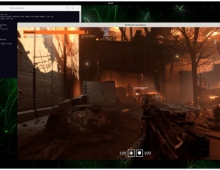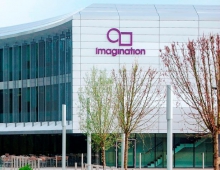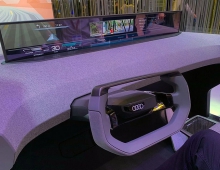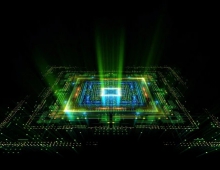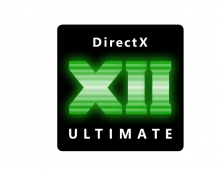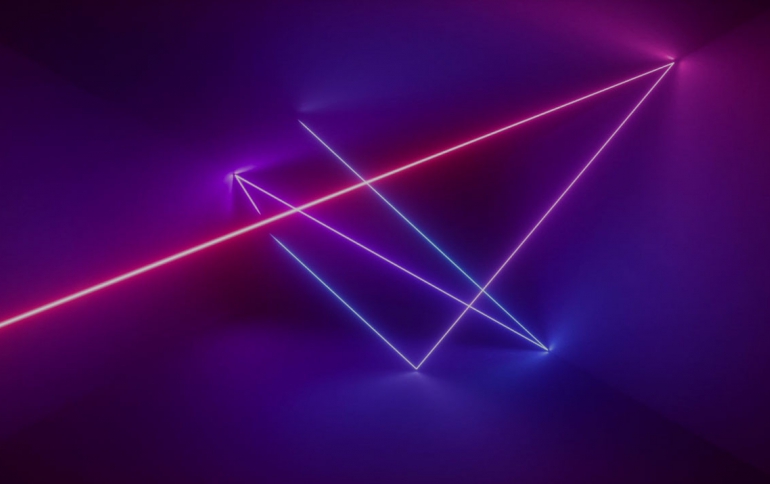
Imagination Licenses Ray Tracing Technology
Imagination Technologies is making its PowerVR Ray Tracing technology available for licensing.
The company says that its PowerVR Ray Tracing architecture is a high-efficiency approach for the processing of billions of rays per second (“gigarays”). "It makes it realistic for System on Chip (SoC) manufacturers to offer ray tracing capable hardware within a range of power and thermal envelopes," according to the company. The technology is ideal for adding realistic ray traced light, shadow and transparency capabilities to traditional GPUs or even creating full ray tracing solutions.
Since the early days of 3D, traditional rendering has been performed using rasterisation with objects built up using a mesh of triangles and are then ‘shaded’ to create their on-screen look. Ray tracing mimics how light works in the real world, where photons are emitted from a light source and bounce around the scene until they reach the eye of the viewer. As the light interacts with objects it is blocked, reflected, or refracted by the objects along the way, depending on their material properties, creating shadows and altering each object looks.
More efficient implementations of ray tracing reverse this process by sending out rays from the viewer (the screen) into the scene, onto objects and from there to the light source(s). This realistic, and more elegant approach to lighting scenes helps delivers 3D graphics with far greater realism, aiding games and visual applications.
Nigel Leeder, EVP PowerVR, Imagination Technologies, says: “Ray tracing today is where 3D graphics were just before we first introduced PowerVR GPUs for mobile. The solutions in the market are fine for PC and console but don’t offer the efficiency for mobile, AR or automotive applications. Where Imagination’s approach differs is that it is designed from the ground up for power efficiency with the ability to scale from battery-powered embedded designs to large-scale server farms. We are confident that ray tracing is going to happen across many applications, and in a ‘5G world’ it is likely to be very disruptive. Our ray tracing architecture matches much larger and less power efficient solutions gigaray for gigaray.”
Imagination PowerVR Ray Tracing technology available for licensing today includes:
- Patents
- Architecture
- GPU integration references
- Standards based API support for easy application integration
Imagination holds over 220 patents and applications based on its ray tracing technology. Its latest whitepaper, Shining a Light on Ray Tracing, was published today.
The company's PowerVR Ray Tracing IP technology is available now for licensing. It can be used in conjunction with a wide range of GPU architectures, including Imaginations’ PowerVR graphics cores.

